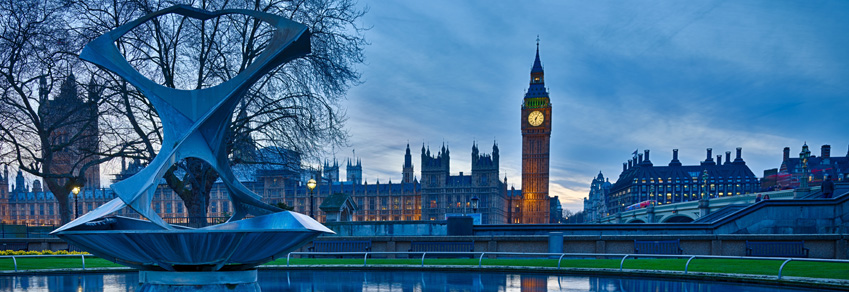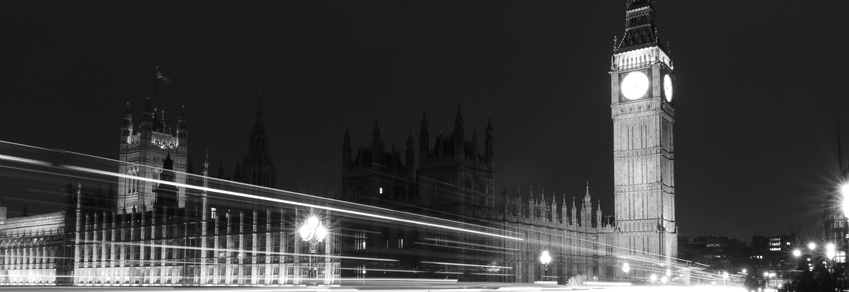Rapid decarbonisation
Excitingly, the UK is decarbonising fastest among G20 countries, claims PwC.
Clean Energy News notes that figures compiled by the accountancy giant revealed that the carbon intensity of the UK economy fell by 7.7% last year, reaching an intensity of 142 tonnes CO2 for every US$1 million of gross domestic product (GDP).
PwC cites the drastic reduction in coal consumption within the UK as a crucial factor for its decarbonisation success.
Jonathan Grant, Director of Climate Change and co-author of the LCEI report at PwC, lauded the UK government for creating a “pretty positive investment climate” for low carbon technologies in previous years.
But, “The UK now needs to tackle other parts of the economy, whether it’s increasing renewables or efficiency improvements, in order to maintain its position as a climate leader,” he said.
His words contribute to this month’s overwhelming sense that efficiency must become central to a future low carbon UK.
Energy efficiency policies ‘could save UK homes £270,’ report finds
Startling findings from Carbon Brief point to a telling new focus on domestic energy efficiency this September, to match efficiency’s ongoing ascendency within the corporate sector, as noted by PwC.
Investments in efficiency up to 2035 could save a quarter of the energy used by households, the UK Energy Research Council (UKERC) report says, worth an average of £270 per household per year at current energy prices.
Around 140 terawatt hours (TWh) of energy could be saved, roughly equivalent to the output of six Hinkley C-sized nuclear power stations, it notes, though savings would be in heat as well as power.
Yet more tellingly, the investments would deliver net benefits worth £7.5bn to the UK, the analysis found, using the government’s own guidance.
Almost half of the total savings could be achieved through building fabric improvements, such as installing better loft insulation, along with boiler replacements and upgrades of heating controls.
These are precisely the technologies Energys knows to offer powerful dividends in the commercial environment already.
Efficiency bests nuclear again
Yet more research, this time from Green Alliance, suggests if the government fully commits to renewables and energy efficiency, it would be unnecessary to invest in the much more expensive replacement of the UK’s nuclear fleet.
For many in the sector, this may be old news. But the sense is that as 2017 nears its final quarter, more and more documents are piling on the pressure for Government to truly give efficiency the kudos it merits.
Is the new energy efficiency digital?
In this month’s final trend, Energy Live News argues digital technologies such as the Internet of Things (IoT) and smart data are the key to energy efficiency.
Mike Hughes, Zone President for Schneider Electric UK & Ireland, spoke at the company’s Innovation Summit.
He explained how these disruptive technologies could vastly improve productivity and reduce costs once they allow the widespread linking of industrial and domestic devices and appliances.
He said: “The key impact on the energy space will be having the ability to use those assets in a more efficient way.
“The biggest single factor is actually energy saving, it’s energy that you don’t need to consume in the first place.”
Energys Group are experts in delivering energy efficient technologies. We’d be delighted to talk about any of the issues and themes covered in this article. Give us a call today.










